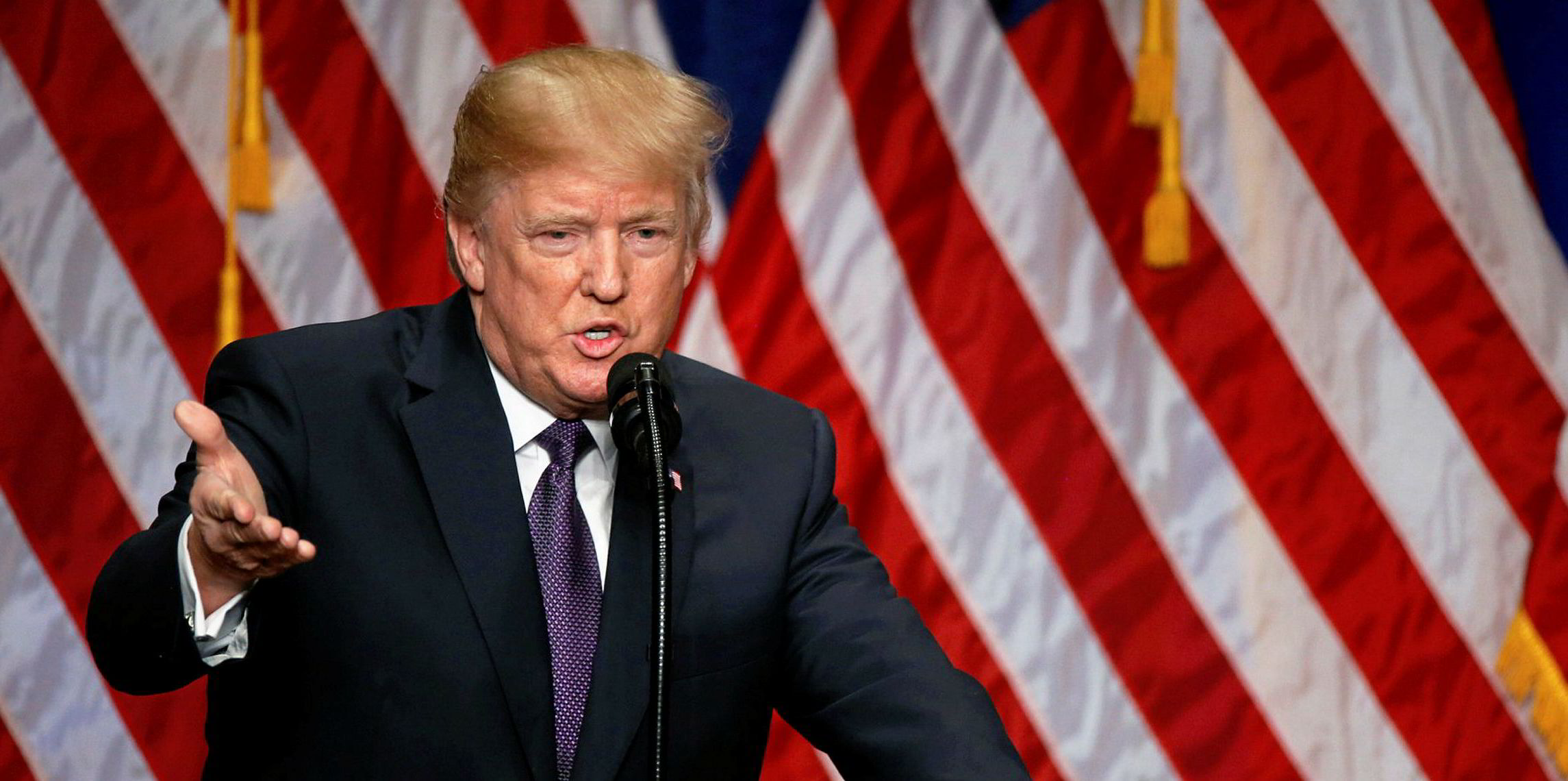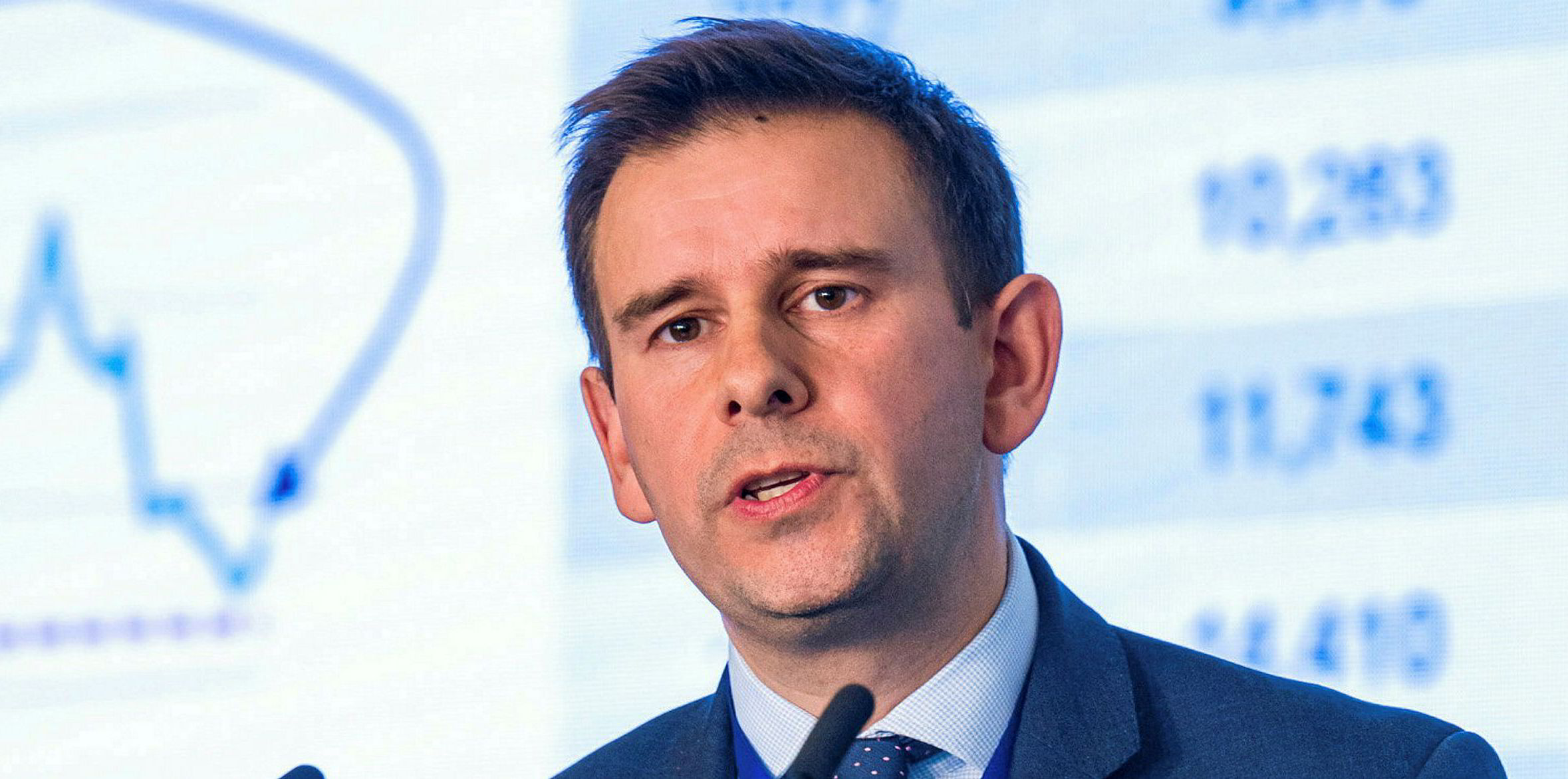Six months into 2019, the lessons learned from shipping markets so far this year fail to inspire much confidence in the outlook. Slowing trade growth hampered by unexpected shocks have left some in the business wondering whether these tough times are ever going to come to an end.
For much of this decade, freight markets have been roiled by persistent overcapacity and sluggish trade growth.
Broken promises
Confidence has been further eroded by short-term volatility that has made projections difficult.
Promises made by analysts of a golden era just ahead have consistently proven to be ill-judged forecasts, poisoning not only their own credibility but also expectations of moving into a more commercially sustainable era.
Yet whisper it softly, there are now signs that markets may be close to a tipping point. The future may indeed look brighter.
2020 is the first year since 2007 when all commodity shipping segments are at a cyclical high at the same time
Peter Haugen, Kepler Cheuvreux
So far this year, performance of markets has been patchy at best and grim at worst.
Could do better
Clarksons' ClarkSea benchmark index of shipping markets rose 8% year on year in the first six months of 2019, only marginally above the trend since 2008.
It prompted Stephen Gordon, managing director of Clarksons' research division, to reflect: “Despite progress, it still seems shipping has a way to go before it becomes a ‘straight A’ student.”
Worst performing has been the dry bulk market, which had been expected to have been lifted as stronger fundamentals swung in its favour.
Expectations were such that in early 2018 one respected analyst team issued a note titled: "Good, awesome and mega". Last year was going to be good, 2019 awesome, and yes, you’ve guessed it, 2020 “mega strong”.
As it turned out, 2018 was not really any good, and 2019 certainly has not been awesome for anything so far except VLGCs.
Casting shade
Admittedly, there have been a slew of impacts on demand that have been out of the shipping industry’s control.
Dry bulk was hit by the Vale dam disaster in Brazil, which wiped out about 1% of demand, swine flu in China that hit feedstock imports, and then the uncertainty caused by US President Donald Trump’s trade war with China.
Crude oil markets have grappled with their own uncertainties as Saudi Arabia battled to lift the oil price by cutting Opec production, while nerves were frayed by turmoil in Venezuela, Libya and Iran.
LNG trades were hit by the mild winter diverting cargoes from Asia to Europe, while containerships were dampened by the US-China trade war.
But almost precisely as the calendar rolled over to the second half of the year, freight rates have perked up.

The benchmark Baltic Dry Index rose to 1,777 points on Wednesday, nearly three times its level in February, as individual markets rose at their strongest levels since late 2017.
Crude tanker time-charter markets have reached their highest since 2016, although spot deals remain volatile, and six-month LNG charters have firmed to multi-year highs, said Amit Mehrotra’s team at Deutsche Bank.
Great expectations
Lifting markets are expectations that the heat is coming out of the of the US-China trade dispute, ship supply crimped by vessels taken out of service to retrofit scrubbers, and tanker markets boosted by increasing US oil exports — and the extra tonne miles they demand.
And, fundamentally, with newbuilding orders running at a 20-year low and overall fleet growth of just 1.9%, there is no flood of new tonnage about to hit the water and ruin the party.
It is a scenario that prompted Peter Haugen, Kepler Cheuvreux’s head of shipping, to talk of shipping’s "supercycle" of 2020.
“2020 is the first year since 2007 when all commodity shipping segments are at a cyclical high at the same time,” he forecast recently.

We believe that several of our top picks could potentially double and triple in value just to reflect a mid-cycle, normalised day rate environment
Frode Morkedal, Clarksons Platou Securities
In his assessment, fleet utilisation in all major commodity markets is likely to rise from the low 90% level this year to the mid-to-high 90% in 2020. History shows when supply is that tight, explosive increases in freight rates are not unusual.
Explosive increases
It is a view shared by Frode Morkedal and his colleagues at Clarksons Platou Securities. In their biannual report in April, they termed the shipping market "a coiled spring", which could propel dramatic repricing of their pick of shipping equities.
“We believe that several of our top picks could potentially double and triple in value just to reflect a mid-cycle, normalised day rate environment,” Morkedal and colleagues wrote.
“As often observed in the past, a recovery could also overshoot fundamentals.”
However, as experience has shown in recent years, shipping markets have an uncanny knack of undershooting and being destabilised by circumstances never foreseen.
Supercycle 2020? Who is going to bold enough to put their money on that?






